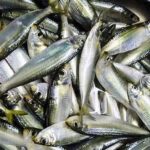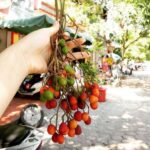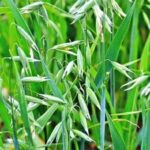1. Price as an Indicator
Pure honey is a labor-intensive product to harvest and produce, hence the price tends to be on the higher side. If you come across large bottles of honey being sold for just a few dollars, it’s likely to be fake.
These products are often a mixture of sugar, water, and flavorings, lacking nutritional value and potentially harmful to health in the long run.
2. Observe the Bubbles in the Bottle
A small yet effective tip to test genuine honey is to gently shake the bottle and turn it upside down. Pure honey has a high viscosity and contains many natural enzymes, so when shaken, tiny bubbles will appear and float evenly and persistently – these bubbles don’t disappear quickly.
On the other hand, fake honey – often diluted with water or syrup – will produce fewer bubbles that dissipate rapidly. This simple sign can be easily tested at home.
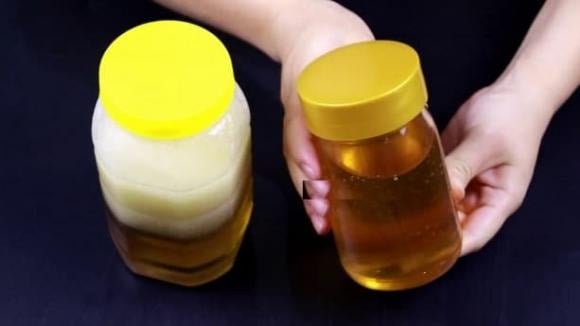
3. Examining the Color
The color of real honey can vary depending on the type of flowers bees forage from, but it typically has subtle, natural shades of light amber, ivory, or dark brown. A common trait is that real honey is never completely transparent or overly vibrant.
In contrast, fake honey usually has a shiny, uniform color and an appealing appearance due to the addition of sugar or syrup. Therefore, when choosing honey, pay close attention to the color and transparency of the product.
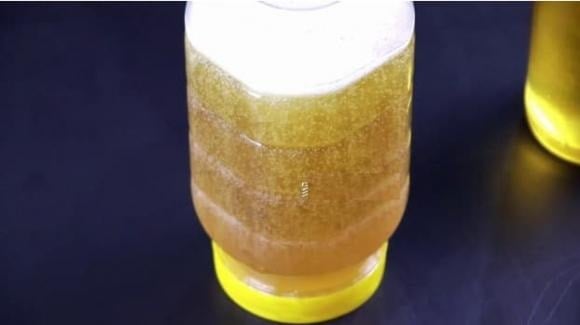
4. Taste Test
One of the traditional yet effective ways to identify pure honey is through taste. Genuine honey has a gentle sweetness accompanied by the natural fragrance of flowers and a slight tangy note – an indicator of natural fermentation.
Additionally, the texture of real honey is smooth and syrupy, without any harsh or bitter notes. Conversely, fake honey often tastes sharply sweet and lacks any natural aroma, as it is blended with industrial sugar and syrup.
5. Absorption Test
Another way to test honey at home is by examining its absorption rate. Real honey has high viscosity and less water content, so it absorbs slowly into paper.
Place a drop of honey on a piece of white paper or tissue – if it spreads slowly and doesn’t quickly soak into the paper, it’s likely pure honey. Conversely, fake honey, which contains more water and impurities, will absorb rapidly, wetting the paper and spreading widely.
Conclusion
With these simple tips, you can easily test and differentiate between real and fake honey at home without any specialized equipment. Additionally, remember that real honey may crystallize when stored in a cold environment – this is normal and doesn’t affect its quality. When placed in a warmer location, the honey will return to its original liquid state.
We hope these insights help you choose pure, safe, and nutritious honey for your family’s well-being.
“A Budget-Friendly Fish With 5 Times More Omega-3 Than Salmon – It’s a No-Brainer!”
“Omega-3 is abundant in fish, with salmon often touted as the go-to source for this beneficial fatty acid. But there’s a lesser-known fish that’s native to Vietnam that offers a comparable abundance of omega-3 at a fraction of the cost. This unsung hero of the sea provides a budget-friendly alternative without compromising on nutritional value.”

























